Looking for signs that indicate your sourdough starter is ready for baking makes sourdough baking a delightful experience, especially when you’re anticipating the amazing sourdough recipes to be made! From vibrant smells to bubbles dancing on the surface of your sourdough starter, we’ll explore the telltale signs to look out for. Understanding the key indicators will certainly elevate your sourdough expertise, and help you achieve that irresistibly tangy, crust, and airy sourdough bread you’ve always dreamed of.
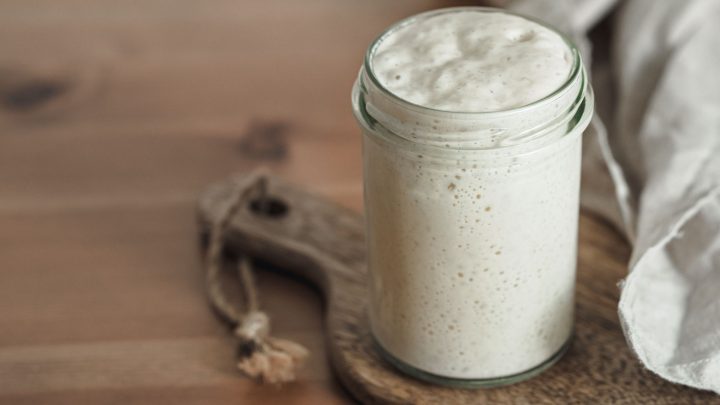
Table of Contents
- How Do I Know When My Sourdough Starter Is Ready to Bake With?
- 3 Signs That Show My Sourdough Starter Is Ready
- How Can I Boost My Sourdough Starter?
- What If My Sourdough Starter Is Ready But I Am Not?
- Know When Your Sourdough Starter is Ready
- FAQs
How Do I Know When My Sourdough Starter Is Ready to Bake With?
With sourdough bread baking, knowing when your sourdough starter is ready for baking bread is extremely important.
First check the volume of your sourdough starter after feeding. The volume of your sourdough starter should increase 4-6 hours after feeding. This indicates healthy yeast activity.
Additionally, look out for a bubbly and frothy texture on the surface of your sourdough starters. This indicates an active starter, as well as a clear sign of active fermentation.
The starter should also release a pleasant tangy aroma. It shouldn’t emit an unpleasant odor, like acetone or vomit.
You can also conduct a sourdough float test, by dropping a small amount of starter into water. If it floats then it’s ready.
Finally, look out for a consistent rise and fall pattern, where the starter peaks, then collapses, which will indicate whether it’s strong enough to leaven your dough.
When Is My New Sourdough Starter Ready To Use?
Your new starter typically requires 5-7 days of regular feedings until it’s ready to use.
If you’re looking for common indicators, then look for consistent rise and falling patterns, which show the yeast and bacteria actively fermenting the flour.
The starter should have a pleasant smell, with a bubbly texture. Once it has doubled in size then you can conduct a further check by doing a float test.
Your sourdough starter should resemble a thick pancake batter in order to be ready to use.
When is My Mature Starter Ready to Use?
A mature sourdough starter takes 2-4 weeks of consistent feedings before it is deemed ready to use.
The common indicators that show your sourdough starter is ready are the usual rise and fall pattern, doubling in volume, and strong tangy aroma.
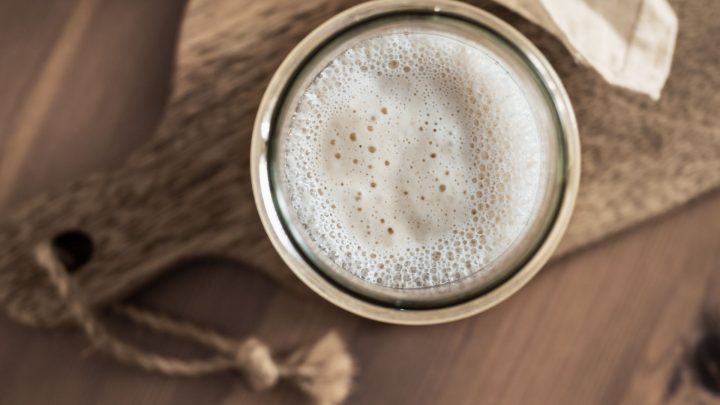
3 Signs That Show My Sourdough Starter Is Ready
Knowing the signs to look out for is the easy part. But why do we need to check the volume of the sourdough starter, look for bubbles and conduct a float test?
I can assure you that each sign and observation is extremely crucial for sourdough bread baking, and here’s a little insight:
Look For Bubbles
Bubbles forming are a common and clear indicator that your sourdough starter is ready for bread baking.
During fermentation the wild yeasts and good bacteria metabolize the sugars in the flour, producing carbon dioxide gas. These gases get trapped in the gluten structure forming bubbles that aerate the starter and contribute to its leavening abilities.
A bubbly surface indicates an active and robust fermentation process, ensuring that the sourdough starter has enough gas production for beautiful airy loaves and better bread.
Check The Volume
Your sourdough starter’s feeding routine will affect the volume of your starter. When you feed it with fresh flour and water, the wild yeast and bacteria work together to produce gasses, which cause the starter to expand and double in volume.
You should notice a significant increase in volume within 4-6 hours of feeding.
Does It Float
The float test is a simple yet effective way to determine the readiness of your sourdough starter. To perform the test, simply take a small spoonful of mature starter, and drop it into a glass of water. If it floats to the top of the surface of the water, it indicates that the starter has enough gas production to leaven your bread.
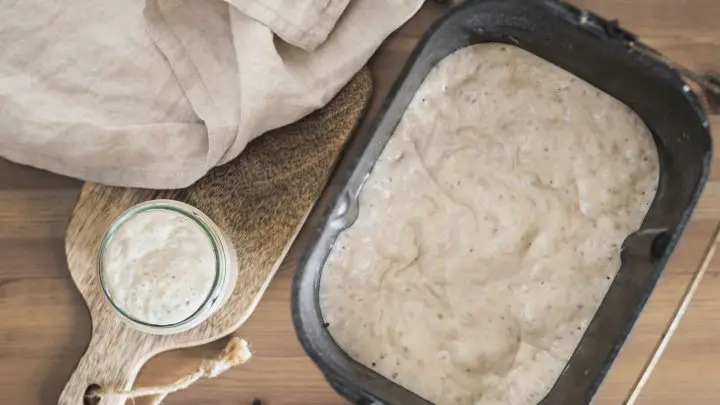
How Can I Boost My Sourdough Starter?
Looking to boost your sourdough starter? Here are some effective ways that could work for you:
Adjust The Feeding Frequency and Ratio
Increase the number of feedings per day, such as every 8-12 hours. This keeps the starter well-nourished with fresh flour and water, which also promotes a more rapid fermentation.
A frequent feeding routine supplies a steady stream of nutrients to the starter, encouraging a robust and diverse population of wild yeast and bacteria.
Additionally, switching the ratio of flour to water, i.e., using equal parts of both can affect the consistency and fermentative capacity of the starter.
Use Warmer Temperatures
Yeast and bacteria tend to thrive in warmer environments, leading to rapid fermentation. Ideally, keeping your starter in a warm spot between 75-85F speeds up the metabolic process, and promotes better microbial activity.
This increased activity enhances the production of carbon dioxide gas, and results in a rapid rise, therefore promising improved leavening. Be careful when experimenting with temperature, as high temperatures may interrupt the balance of bacteria.
Providing a warm and stable environment will encourage a healthier and more active sourdough starter, with better flavor and texture for your sourdough recipes.
Pineapple Juice Method
By incorporating pineapple juice into the feedings, the natural acidity will help generate a better environment for the yeast and bacteria, while eliminating unwanted microorganisms.
The pineapple juice’s low pH prevents harmful bacteria from dominating the starter, which ensures a healthy and robust leaven for you to add to your sourdough bakes.
After a few days of feeding your starter with pineapple juice, switch to regular feedings with flour and water. This process jumpstarts fermentation and promotes a more active, microbial community, boosting the starter’s readiness and maturity. This results in a vibrant starter, that is ready to produce a flavorful and well-risen bread with a scrumptious sourdough tang.
Maintain Consistent Feedings
Regular feedings of fresh flour and water, ensure a steady supply of nutrients for the yeast and bacteria, promoting active fermentation.
This stable feeding routine supports a robust and diverse microbial community, leading to a healthier sourdough starter. The yeast’s population increases, resulting in rapid gas production, and aids the starter’s leavening abilities. Moreover, consistent feedings at fixed intervals will establish a predictable rise and fall pattern, therefore indicating a well-balanced and matured starter.
What If My Sourdough Starter Is Ready But I Am Not?
Say your sourdough is ready but you’ve got a business trip in Hawaii. Fear not, as there are several options for you to maintain it during its peak.
Firstly, you can simply choose to refrigerate the starter, which typically slows down fermentation, meaning your starter requires less frequent feedings.
Alternatively, you could choose to freeze your mature sourdough starter for longer storage. Though this is depending on how long you plan to take a break from baking.
Know When Your Sourdough Starter is Ready
Recognizing the clear signs that indicate your sourdough starter’s readiness is an important skill for any baker. From telltale bubbles to increased volume and aroma, these indicators will assure a well-prepped and active sourdough starter.
FAQs
What Does Sourdough Starter Look Like At Its Peak?
A mature sourdough starter will have a bubbly, frothy texture on its surface, it will have doubled in volume after feeding, and release a pleasant and tangy aroma, revealing active fermentation. Its vibrant appearance signifies its readiness for baking delicious and well-risen sourdough loaves.
What Should Sourdough Starter Look Like on Day 1?
On day 1, a sourdough starter will have a simple mixture of flour and water, and have a paste-like consistency. There will be no signs of fermentation or bubbles. As the starter is fed regularly, it develops a characteristic appearance over the next few days.
How To Know If Sourdough Starter is Bad?
If your sourdough starter has developed a foul odor, turned pink/orange, or has grown mold, then it is bad and must be tossed away. If it lacks any signs of fermentation, i.e., bubbles, or rising after consistent feedings, then it could be weak or contaminated. You should discard immediately and start from the beginning.
How Do I Know If My Sourdough Starter Is Alive?
Your sourdough starter will show signs of activity, such as bubbles on the surface, or a very apparent increase in volume especially after feedings. It will also emit a pleasant tangy aroma, indicating fermentation. Signs like these indicate that your starter is very much alive, and ready for baking.

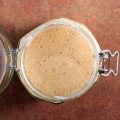
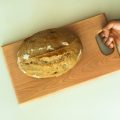
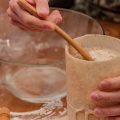
![7 Oldest Sourdough Starter In The World [Believe It Or Not!] 7 7 oldest sourdough starter in the world [believe it or not! ]](https://www.mydailysourdoughbread.com/wp-content/uploads/2023/01/blog-images-21-2-120x120.jpg)

